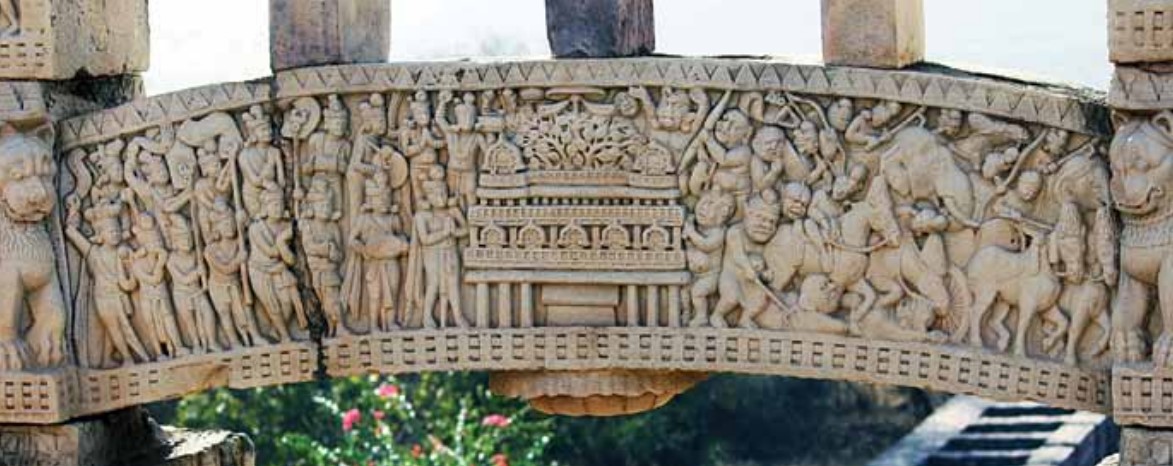Bienal de Sao Paulo:
How to talk about things that don’t exist?
Franck Barthelemy
Opening on 6th September 2014, the 31st Biennial de São Paulo is a poetic call exploring the things that don’t exist in an attempt to understand the struggle of the unknown. Franck Barthelemy reports.
Early September, the second oldest biennale in the world will open its doors for about three months in Sao Paulo (Brazil). Since 1951, every two years without any interruption, the biennale founded by Ciccillo Matarazzo, a Brazilian industrialist of Italian origin, an avid art collector, founder of the MAM/SP, offers to the public an overview of the vibrant national art scene including a handful of invited foreign artists. This year, the Sao Paulo Art Biennale is curated by a group of highly recognized professionals led by the British curator Charles Esche, the director of the Van Abbe Museum in Eindhoven (Holland). Galit Eilat, Pablo Lafuente, Enguita Mayo, Oren Sagiv, Benjamin Seroussi and Iniza Proenza form the team that is going to develop the theme of the 31st edition : How to talk about things that don’t exist. “We need to make an event, an exhibition, an experience that touches people” said Esche at the Time Out Sao Paulo in April 2013 when he just got selected for the job. Last March, the team published a progress report and shared their views about the biennale they are putting together. They wanted to describe it as a multi level journey where “there will be conflicts, discoveries and transformations through projects developed by artists, sometimes in collaboration with others”. Throughout their meetings chatted with them and tried to understand their struggle.
Somehow, the newly acclaimed artist felt close to them, travelling from one place to the other over the last three years, for a show or a residency, working hard and not sleeping much to meet deadlines as if there was no tomorrow. The charcoal, his signature medium, takes him back to his roots, the biggest coal mine in Maharashtra where his grandfather used to work, where his father tried to work and where his brother works. As a kid, he used to play in the mine. His practice naturally focused on the mines and miners’ sociological emotional ecosystems. In Brazil, he will visit the Belo Horizonte and the Serra Pelada gold mines before starting the immense commission he got from the biennale: a charcoal fresco on the Ciccillo Matarazzo pavilions ‘ramps’ walls. Prabhakar came to Sao Paulo with a series of initial sketches and will have a month to create the Dark clouds of the future (with charcoal from India).

